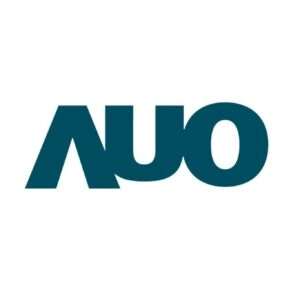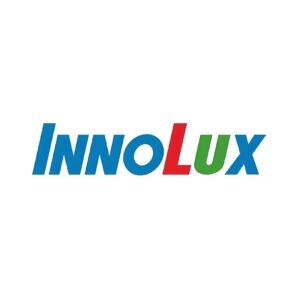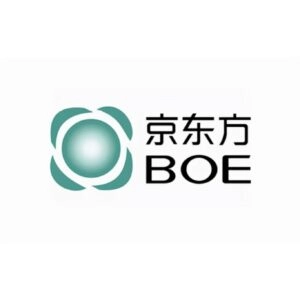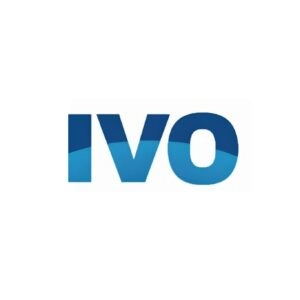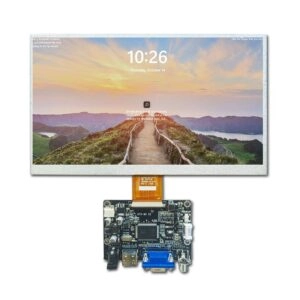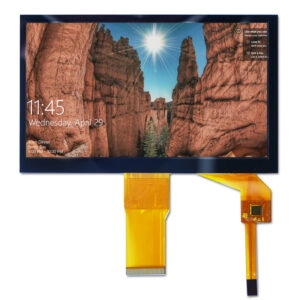What is Twisted Nematic Display Technology?
Twisted Nematic (TN) display technology is one of the first and most common types of liquid crystal display (LCD) tech. It gets its name from nematic liquid crystals. These twist when an electric field is applied. TN displays are simple, cheap, and quick. This makes them popular for things like calculators and computer monitors.
To understand TN displays fully, you need to know about nematic liquid crystals. You also need to know how they act in different settings.

What is Nematic Liquid Crystal?
Liquid crystals are special materials. They act partly like liquids and partly like solid crystals. Among different liquid crystal types, the nematic phase is key for TN display technology.
Nematic Phase
In the nematic phase, molecules line up in the same direction. This order helps them control light well when placed between polarized filters.
Smectic Phase
In the smectic phase, molecules have a two-dimensional order. They line up and form layers. This phase is more structured than the nematic phase. But it’s less common in displays.
Cholesteric Phase
In the cholesteric (or chiral nematic) phase, molecules line up and stack in a spiral pattern. In TN displays, cholesteric liquid crystals are often mixed with nematic ones. This helps with the twisting action.
What is TN (Twisted Nematic) Display?
A TN display uses the special twisting of nematic liquid crystals under an electric field. This setup controls light passing through the display layers well.
How TN Display Works

A basic TN LCD panel has two polarizers, two glass layers with clear electrodes, ITO (Indium Tin Oxide), and a thin liquid crystal layer between them.
When no voltage is on, natural light from a source goes through the top polarizer. It becomes polarized light. As it moves through the twisted liquid crystals, it turns 90 degrees. It matches the bottom polarizer and passes through. This makes a white or grey pixel on the screen.
When voltage is on, the liquid crystals stand straight up. They lose their twist. The polarized light gets blocked by the bottom polarizer. It no longer lines up. This creates a black pixel on the screen.
This makes a positive display with black characters on a white or grey background.
Advantages and Disadvantages of TN Display Technology
Advantages
- Low Cost: The materials are cheap, and making them is easy.
- Low Power Use: TN screens are simple to drive. They can have slow refresh rates. This is great for battery-powered or handheld devices.
- Fast Response: TN LCDs work for light shutters, welding helmets, and gaming monitors.
- 広い温度範囲: TN LCDs work in extreme conditions, from -40°C to +90°C.
- 日光可読: TN LCDs can be made for bright sunlight by adding reflective or transflective polarizers.
Disadvantages
- Low Contrast Ratio: TN panels don’t have great contrast.
- Poor Viewing Angle: TN LCDs have bad viewing angles. One direction is often not usable at all.
- Limited Multiplexing: Passive TN LCDs are limited to simple uses like calculators or digital meters.
TN TFT Technology Challenges and Future Outlook
Passive matrix TN displays have limits. But TN tech with TFT technology works for high-resolution uses. It has been a big success in the market.
However, TN TFT technology faces competition from AMOLED (Active Matrix OLED). Newer tech like AMOLED and MicroLED offers better visuals and energy savings. This puts pressure on TN TFT LCD displays in the large-size market.
Still, TN displays will stay around for a long time. They’re cheap, use little power, and are easy to make and use.
TN TFT vs IPS, VA, AMOLED
IPS (In-Plane Switching) displays give better color accuracy and wider viewing angles than TN panels. IPS monitors have much better angles, contrast, color richness, and color trueness compared to TFT monitors.
VA (Vertical Alignment) panels have better contrast than IPS or TN. But they can have slower response times. AMOLED displays beat all traditional LCDs in brightness, flexibility, contrast, and color vibrancy. But they cost more.
Market Trends and Competitive Display Technologies
The market is moving toward high-performance displays like IPS and AMOLED. People want better visuals. But TN LCDs are still used in laptops, computer monitors, medical monitors, and general displays. This is thanks to their low cost.
New tech like MicroLED adds more competition. But TN displays will stay useful where low cost and efficiency matter more than fancy features.
Upgrade Your TN Display with Innolux TN LCD Panel from Miqidisplay
For industries needing reliable, budget-friendly displays, the Chimei Innolux AT056TN52V.3 TN LCD Panel is a great choice. It’s 5.6 inches with a VGA resolution of 640 x 480 pixels. It works in temperatures from -20°C to 70°C. This makes it tough for harsh conditions.
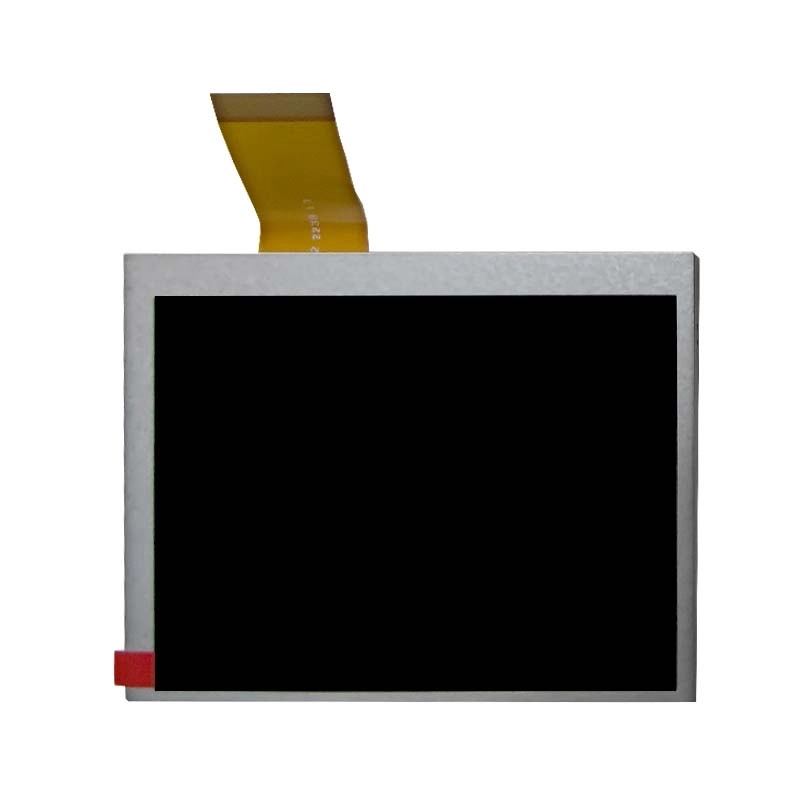
ミキディスプレイ offers high-quality Innolux LCD screens with custom options. These include cable length changes, custom-cut cover glass, touch features, and interface tweaks. Their expert team has over 20 years of experience. They follow strict quality control and have ISO-9001, ISO-14001, and TS-16949 certifications. They also offer real-time customer support.
よくあるご質問
What does “twisted nematic” mean?
It means nematic liquid crystals twist 90 degrees between two polarizers when no voltage is applied.
Are TN panels good for gaming?
Yes. TN LCDs work for light shutters, welding helmets, and gaming monitors because they’re super fast.
Why do colors look weird at angles on my monitor?
TN LCDs have poor viewing angles. One direction is often not usable. IPS panels show steady colors from wider angles.
Can I use a TN panel outdoors?
Yes. TN LCDs can be made sunlight-readable with reflective or transflective polarizers. This makes them good for outdoor use.
Where can I buy industrial-grade TN panels?
Miqidisplay offers industrial-grade Innolux AT056TN52V.3 panels. They’re great for rugged uses like video door phones or handheld devices.
